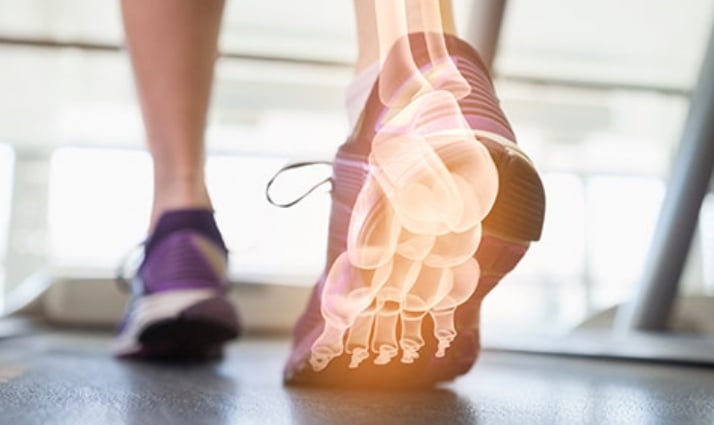Sports Injuries: Causes, Prevention, and When to Seek Help
April 27, 2025

The importance of physical activity within the field of healthcare has been increasing. This has been justified by the large amount of evidence showing that regular exercise practices have beneficial effects on individuals, as a factor for improving their health and quality of life. For example, regular practice of running is associated with improvement of blood glucose levels, cholesterol, lean mass, and bone percentages, among other benefits. Basically, everyone wants to be fit! However, practicing sports activities exposes individuals to physical injuries, which may sometimes be even greater than the injuries among workers who perform repetitive movements. Exercising to exhaustion, without guidance or with inadequate guidance, may contribute to a higher injury rate as high as 83% for amateur or competitive people and thus impair their quality of life, either temporarily or definitively. Right now, we see the sudden increase in love for running and cycling, with marathons & triathlons being conducted very often.
Acute injuries are caused by a sudden trauma. Common acute injuries among athletes include contusions (bruises), sprains (a partial or complete tear of a ligament), strains (a partial or complete tear of a muscle or tendon), and fractures. But not all injuries are caused by a single, sudden twist, fall, or collision. A series of small injuries can cause minor fractures, minimal muscle tears, or progressive bone deformities, known as overuse injuries.
Injuries can be classified based on their priority. First priority is the ones posing an immediate threat to life, like cardiac arrest, airway obstruction, or uncontrolled bleeding. The second priority is the ones posing a potential threat to life or limb, like head or spine injury, or neurovascular injury to a limb. The third priority is sprains, strains, cuts, and bruises. Thankfully, the most common type of sports injury is the third priority! And an amateur can encounter any of these three.
Signs that warrant a visit to the doctor include:
- Inability to play following an acute or sudden injury.
- Visible deformity of the athlete’s arms or legs.
- Decreased ability to play because of chronic or long-term complications following an injury.
Guidelines for Preventing Sports Injuries:
- Be in proper shape to play a sport. Both physical & mental!
- Know your sport well. Remember, rules are designed to prevent injuries
- Wear proper protective (helmets, guards) and playing (shoes, clothes) equipment
- Always warm up before playing
- Avoid playing when very tired or in pain
- Never ignore on-field/off-field injury








